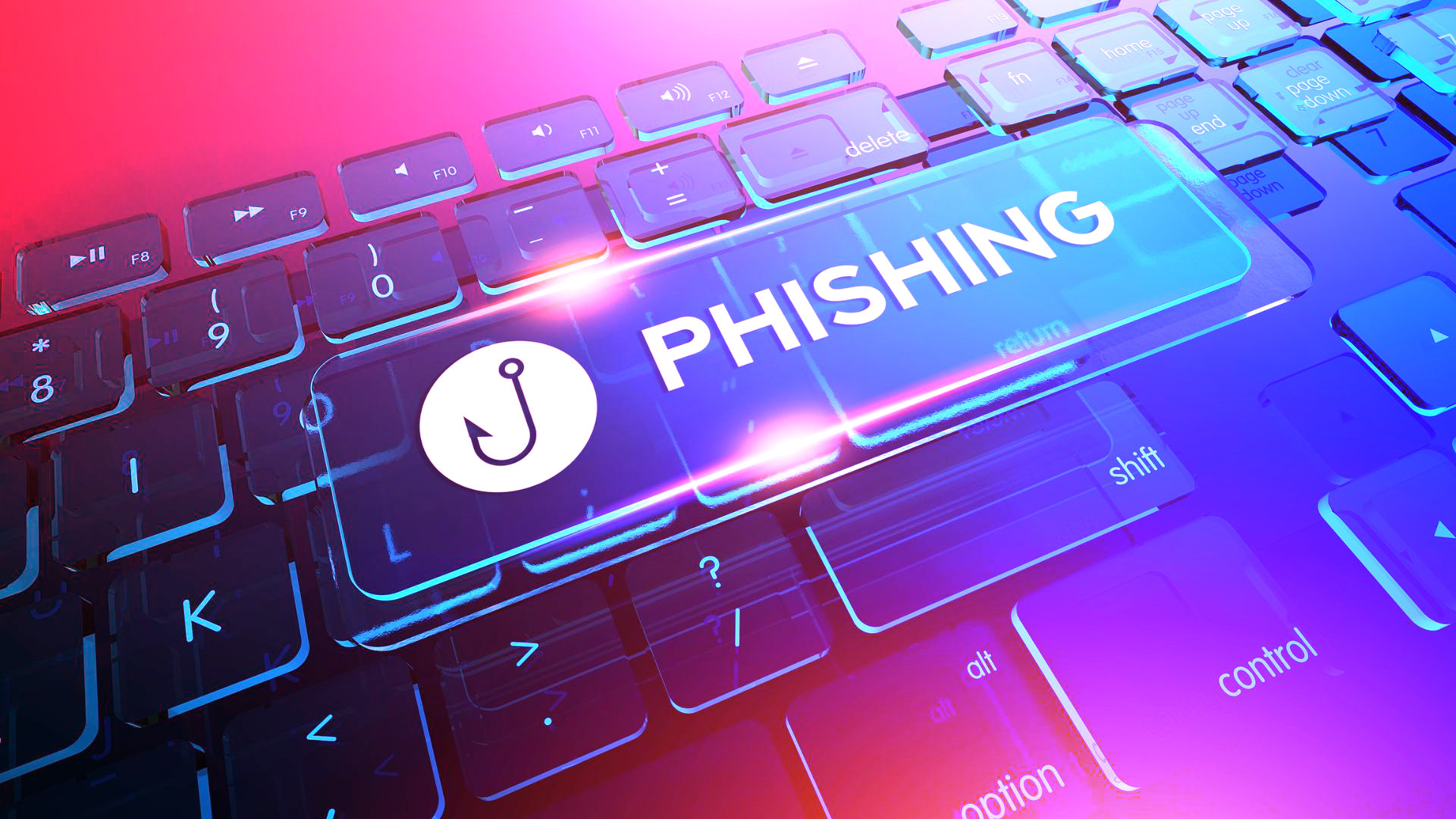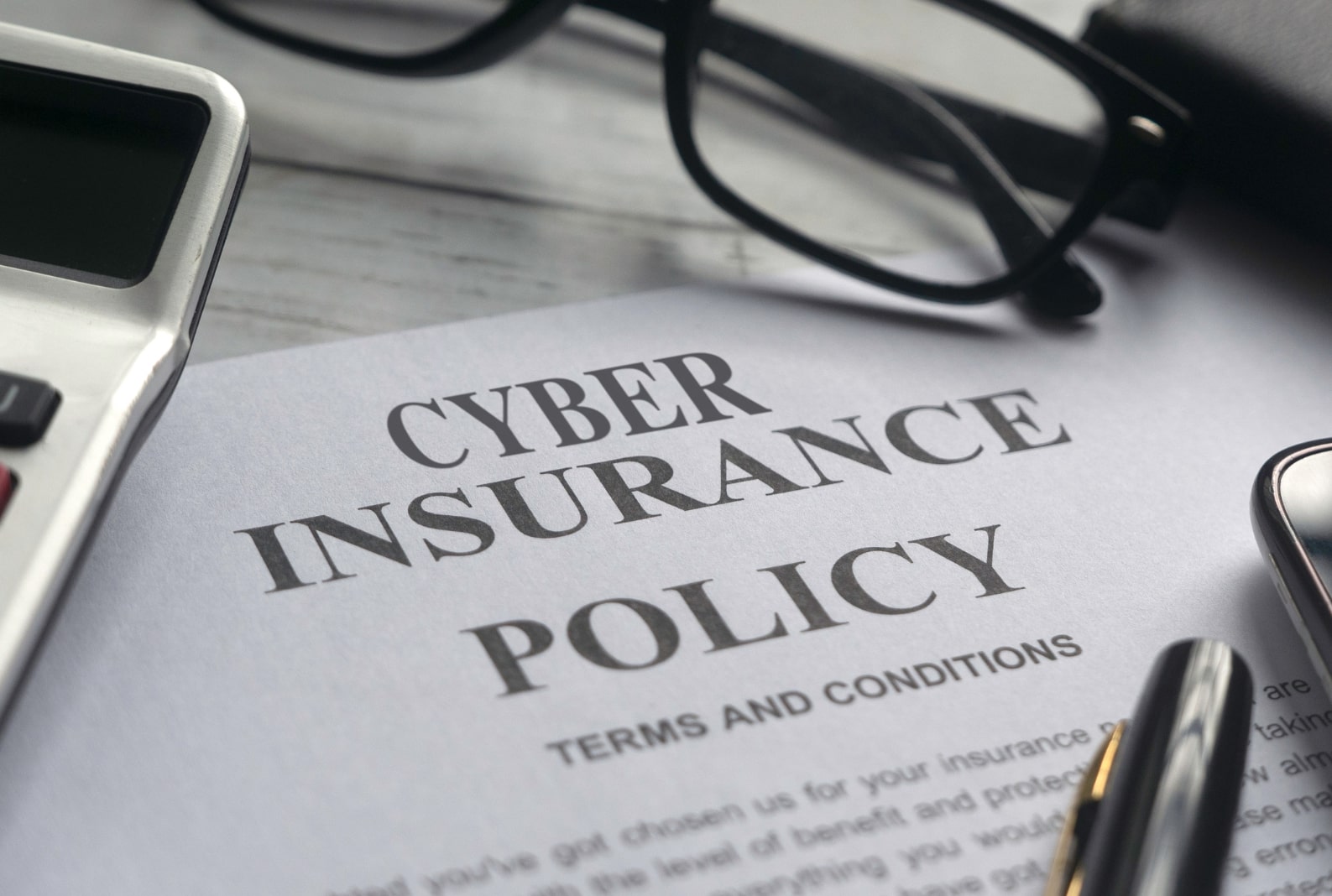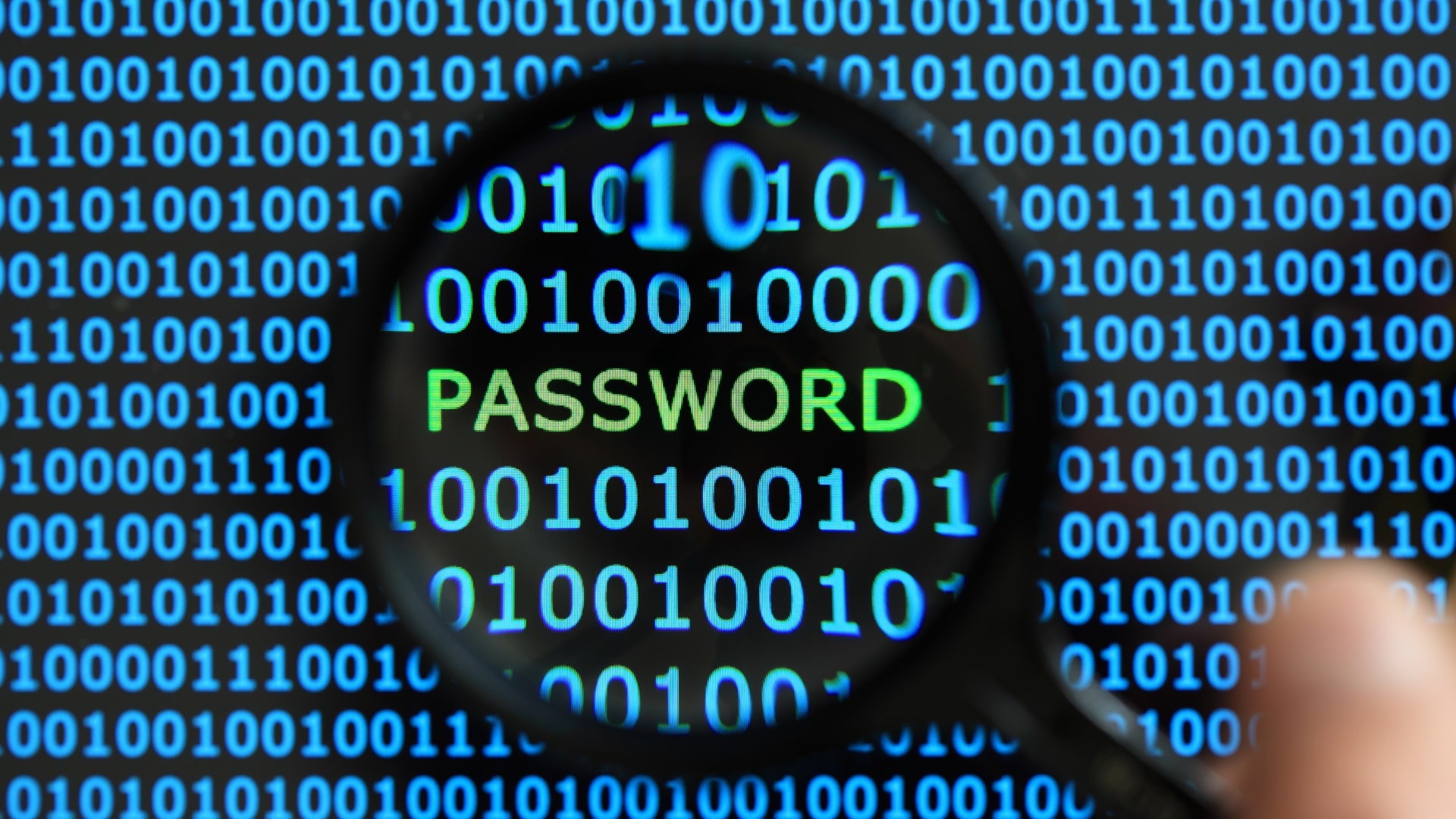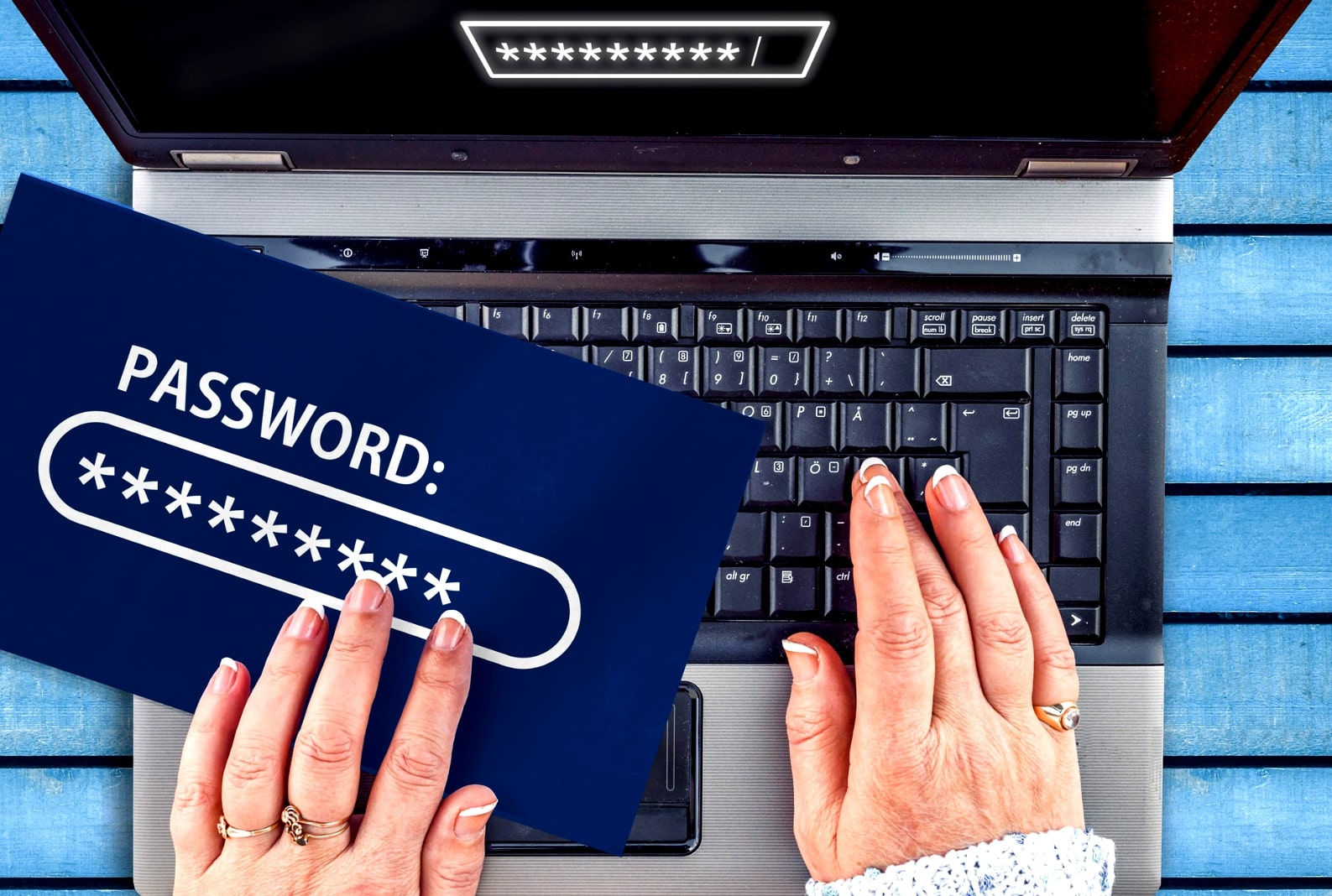Social engineering is a popular term in the cybersecurity industry. What is it, though, and why are companies so terrified? It is a type of hacking that induces victims to provide information by tricking and manipulating them. Social engineering tactics have caused a lot of devastation and millions of dollars in losses for firms globally, so corporations have reason to be concerned.
One of the most prevalent sorts of attacks today is phishing. It has earned its success because it scams potential victims using tried-and-true social engineering techniques.
What are these Social Engineering Tactics, and how do hackers use them?
Let’s look more closely.
Plays on the emotions of people.
- People are more likely to act impulsively when terrified, anxious, under pressure, or interested. Hackers rely on this instinctual response to trick victims into disclosing personal information before they consider it. It will already be too late by the time they have collected themselves and grasped the danger.
Creating credibility.
- People are quick to believe in organizations that have a good reputation. This encompasses both professional contacts and organizations like banks or suppliers. Hackers can establish a trustworthy image that potential victims will almost certainly believe in by impersonating these organizations.
Social Engineering tactics – Content personalization.
- Hackers can create a web of deceit to catch their targets using a wealth of information available in the public domain. It goes beyond merely addressing a target by name. They can bring up a recent concert they went to or a favorite dining establishment. They make a potential victim feel at ease, which lowers their guard and makes them more open to attack.
Using webpages that appear alike.
- Hackers frequently send out links to fake login sites that are exact replicas of real ones. Telling you to reset your password because it is about to expire is a common ploy. They provide a link to a fake website where you must submit your information. Although everything appears legitimate, a closer glance at the URL reveals it is a phony link.
Creating scenarios that make people panic.
- People rarely think clearly while they are panicking. They will take impulsive actions to leave the dangerous situation as soon as possible. You can bet on them to click the link right away if the hackers threaten to cancel their account if they don’t. This is one of their common social engineering tactics to use against you.
Deliberately spelling words incorrectly.
- The common typos and bad grammar found in phishing emails are deliberate. It is their method of avoiding spam filter’ detection. Despite these obvious mistakes, many people are easily fooled since they are not as alert as virus scanners.
Attacking during special occasions and holidays.
- During these times, there is a widespread sense of enthusiasm and involvement, and hackers use this to increase the effectiveness of their phishing assaults. Aligning the attacks with these occasions creates the appearance of legality, increasing the likelihood that the targeted person may fall prey.
Malware that spreads through attachments.
- Most systems can detect and block malware, but if they introduce dangerous files into the system via phishing, your network defenses will be helpless to stop it. Malicious attachments can do harm after installation, including deleting your files and stealing confidential information.
Acting like senior executives is one of their social engineering tactics.
- You don’t ask questions, and you promptly provide any confidential information that your boss demands. After all, a good employee does that, don’t they? Exactly! For this reason, hackers have used a novel strategy to gain quick access to corporate data: they pose as top executives.
Inventing an excuse.
- Because the hackers need to gain the trust of their target, these social engineering tactics require a lot of effort and perseverance. They gradually win the victim’s trust, so they may eventually get more information from them.
Final Reflections about Social Engineering Tactics
Since you now understand how hackers employ phishing to practice social engineering tactics, you are prepared to defend yourself from such an assault. However, it is still possible to fall victim despite all knowledge and protective measures. We’ve made an infographic titled “The Top 10 Steps to Take If You Think You’ve Been Hacked” to help with this. This tool is helpful if you believe hackers have compromised you. Right here, you can download it.
Call us for additional details about social engineering or other cybersecurity challenges. We will provide everything you need to strengthen your defense against online threats.









